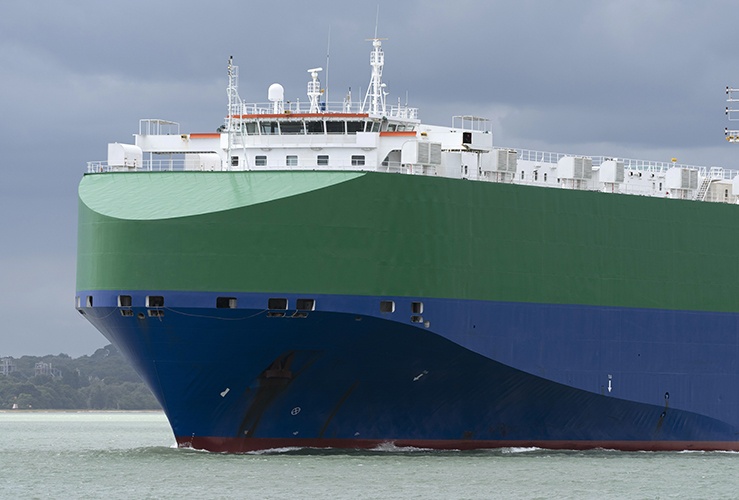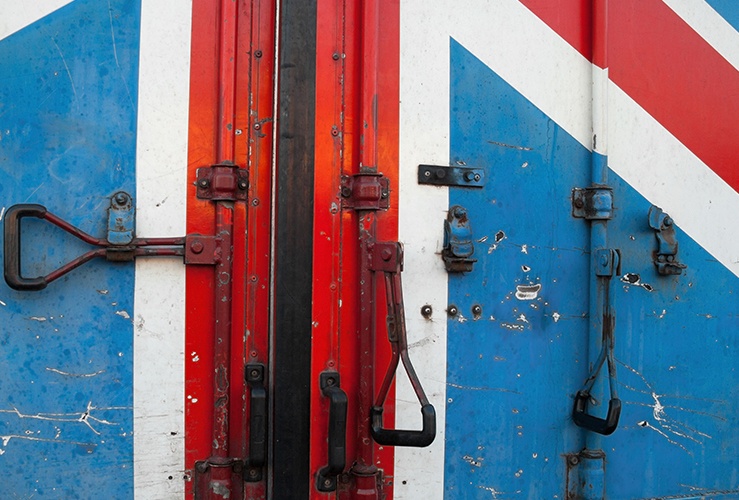Importing a car into the UK may sound complicated, but by enlisting the services of a reputable auction house, the process is likely to be relatively seamless. Here we look at the rules and costs associated with choosing, buying, importing and MOT-ing your dream car from abroad.

Reasons for importing a car yourself
There are many reasons why you might consider importing a car into the UK from overseas. They include:
- Wanting a model that is not available/rare in the UK
- Desired car may be cheaper overseas - e.g. in Japan
- Used cars sold in some countries may have lower mileage before they some to the second hand market (again, e.g. Japan).
Import fees and costs (usually organised by the auction house)
The fees below combined are referred to as "FOB" - Freight on Board.
- Auction fees
- Transport fees (auction house to export-side port compound)
- De-registration fees in country origin
- Export paperwork
Additional fees (the sum you pay the auction house is likely to include these)
- Shipping fees (depending on port of departure and arrival - usually Southampton in the UK)
- Shipping insurance (not everyone feels this is necessary)
- Import agent fee
- UK port fee
- Import duty - 10% of FOB and shipping cost
- VAT - 20% of the FOB, shipping fees and import duty
Other fees (paid for separately by you)
- Transport fees for getting the vehicle to your home/storage location
- Installation of rear fog light/fog light button (Japanese cars, for example, don’t have these)
- Speedometer conversion (e.g. from kms to miles)
- MOT test
- UK registration fee
- VED tax
- Number plates

Finding a trusted auction house
To buy a car from overseas you'll need to find a reputable auction house. Read reviews and check social media activity to get an idea about the firm. Then, if you’re happy, you can sign up. Make sure you understand the bidding process (email or call them if unsure).
With many auction houses, the maximum bid you enter for a car will include all import fees required to get the vehicle into the UK. All other fees after this point will be additionally payable by you - e.g. UK transport fees, MOT test etc.
The auction house will likely require you to pay a deposit of around £500 to show you are a serious buyer.
Using an auction house means you won’t need to worry about paying most of the associated fees, because these will be included in the sum you pay the auction house.
The auction house may be able to keep you informed of suitable vehicles (e.g. based on model, colour etc), although it’s a good idea to log in regularly to search for a vehicle you like.
Double check the car has been examined for corrosion or any other defect not listed in the description.
Be sure your bids are in ahead of the auction as per the bidding rules of the auction house.
Once you’ve bought your car at the auction, the documents will be sent to you in the UK.
You then need to fill in the DVLA’s used imported car form. You may need to call DVLA for assistance.
You then simply wait for the car to arrive at a UK dock, and get it transported to your home. Those with access to “trade plates” will be able to drive the vehicle away from the port.

Getting your imported car MOT’d
Here things can appear to get tricky: you cannot drive a vehicle on UK roads without number plates, VED tax or insurance. However, the law does allow you to drive a vehicle to an MOT centre without number plates and VED - as long as you get it insured first and the test is pre-booked.
Having passed the MOT, you'll need to gather all the necessary documents for registering the vehicle with the DVLA.
- Form V267 (also known as "declaration of newness")
- The original foreign registration certificate detailing when the vehicle was manufactured (this will not be returned to you). If you cannot provide an original foreign registration certificate, alternative proof may be accepted in the form of a letter from the manufacturer or a vehicle enthusiast club
- Photocopied/faxed documents will not be accepted
- Proof of vehicle approval (Individual Vehicle Approval; IVA)
- A vehicle identification number (VIN) from the DVLA - if the car doesn’t have one
You may be required to carry out a more in-depth MOT - if the car has not been imported before, or if the DVLA requires it for some other reason.
You'll then be able to get your logbook (V5C) which allows you to get your number plates. Once these have been made, you can update your insurance details.
At this stage you have completed the vehicle importation process and you can drive your new vehicle.




